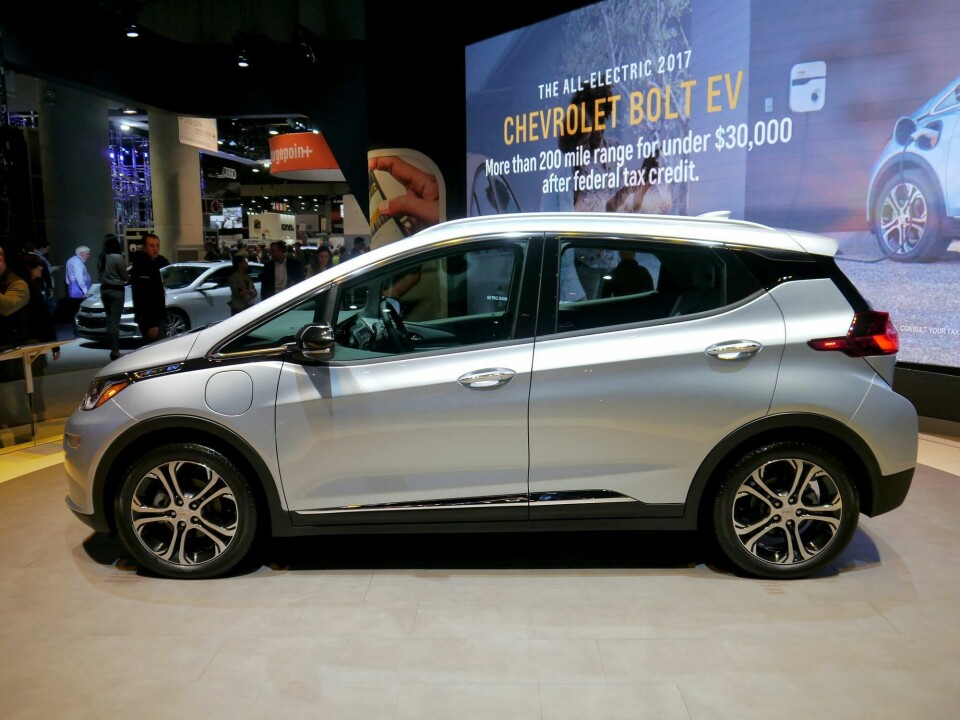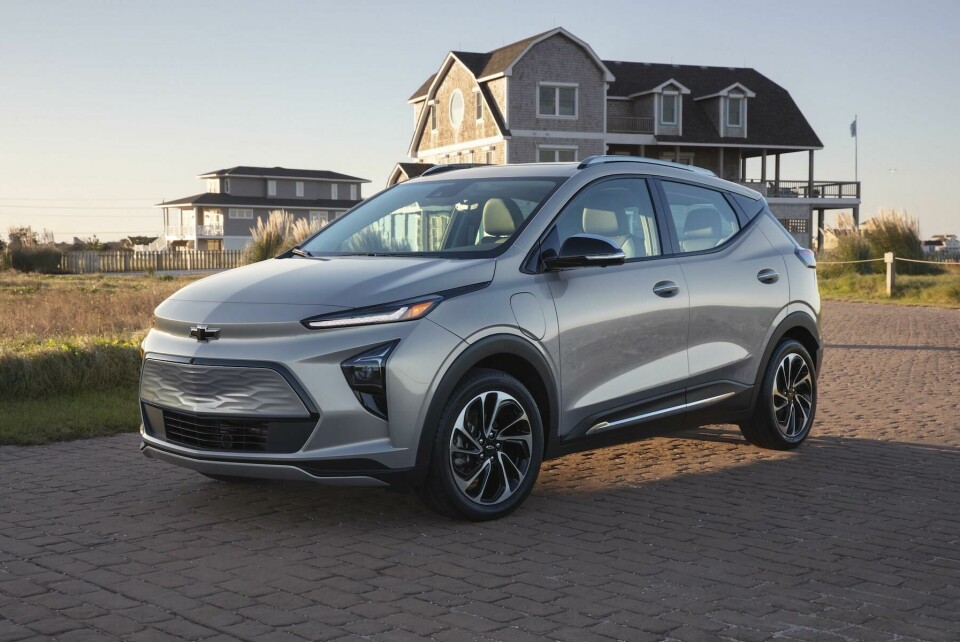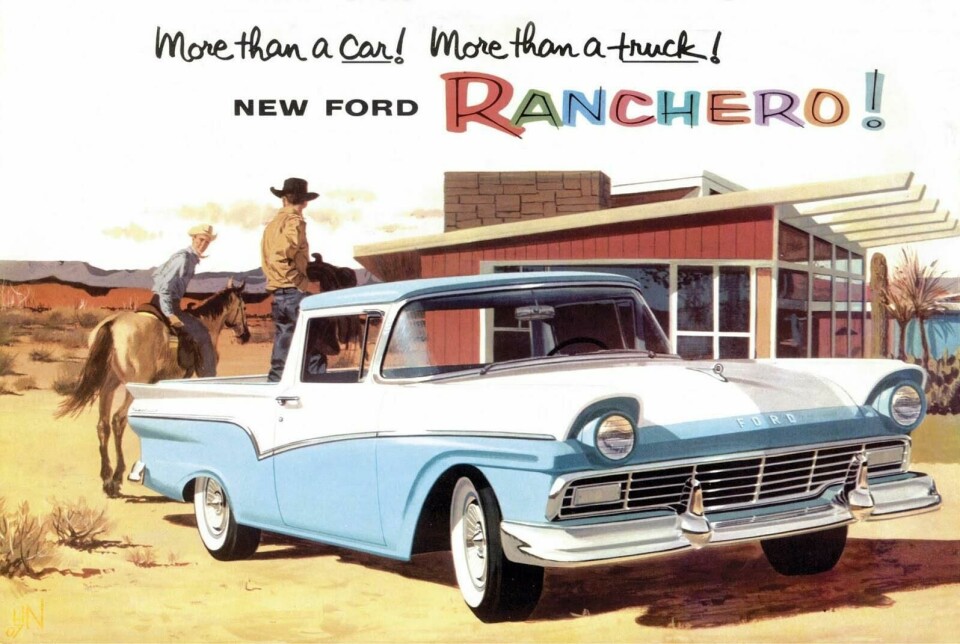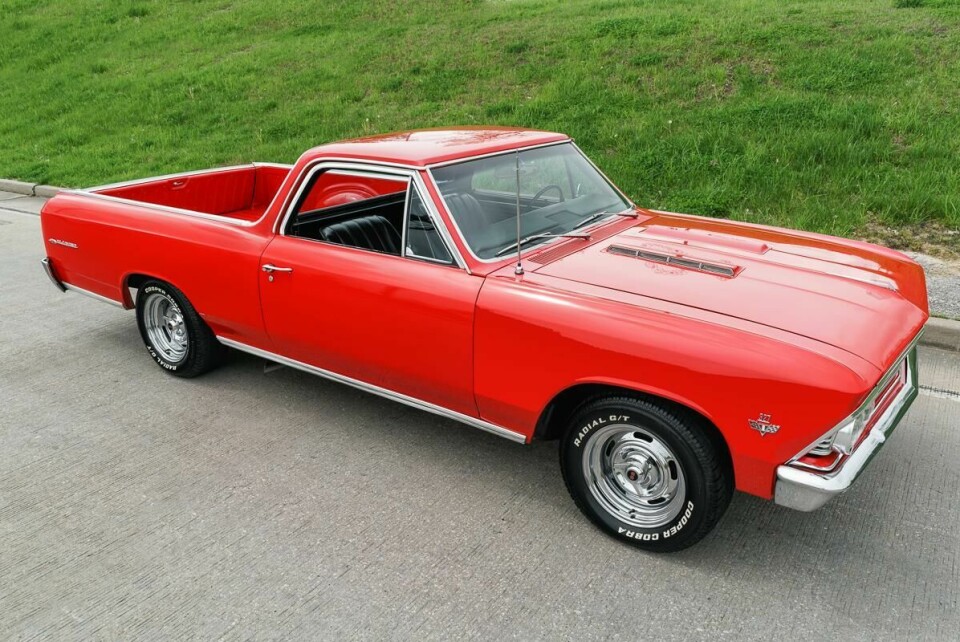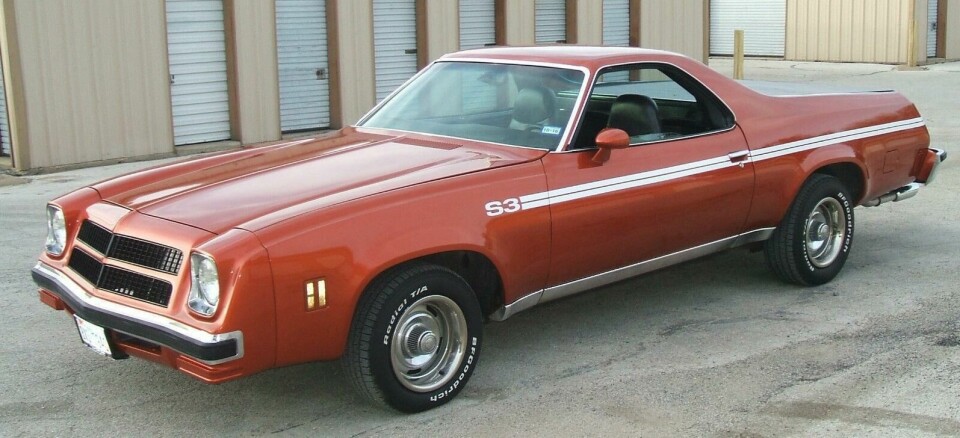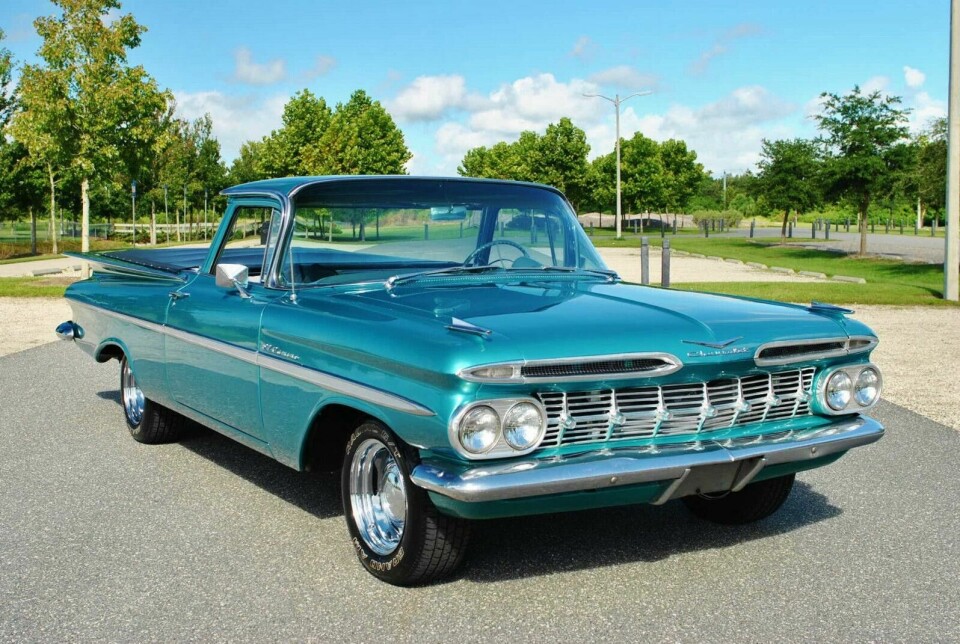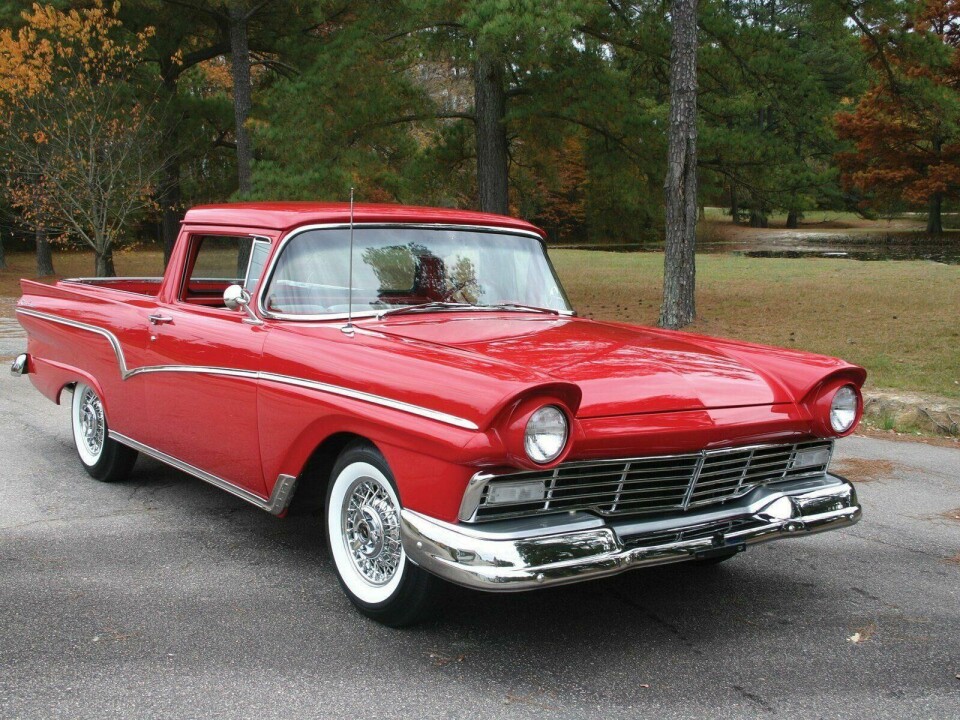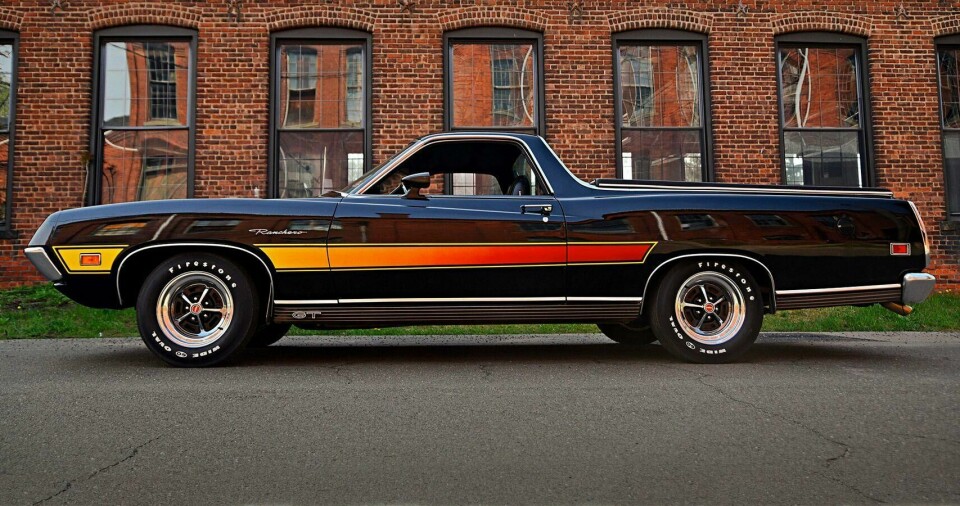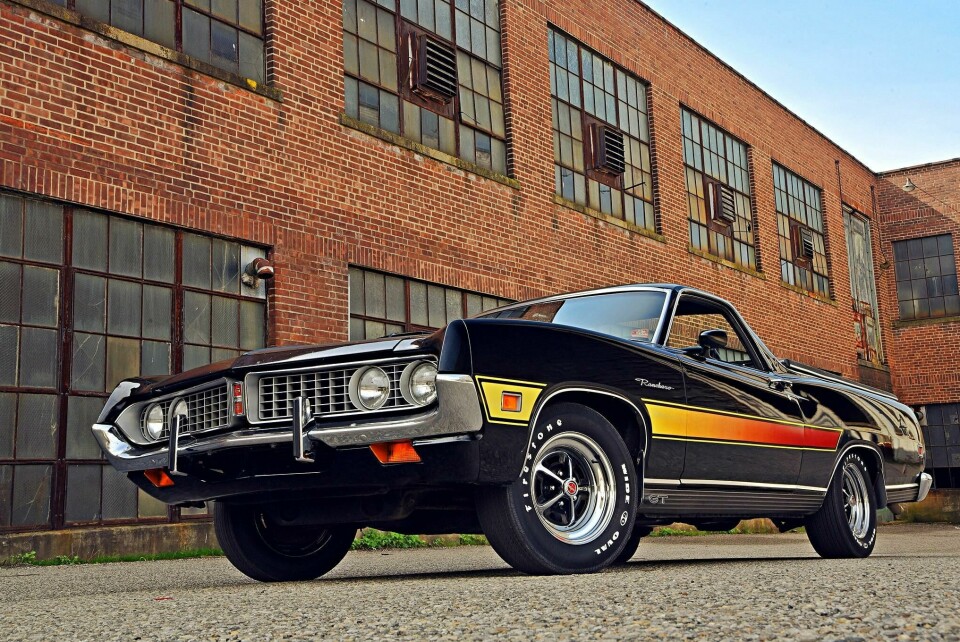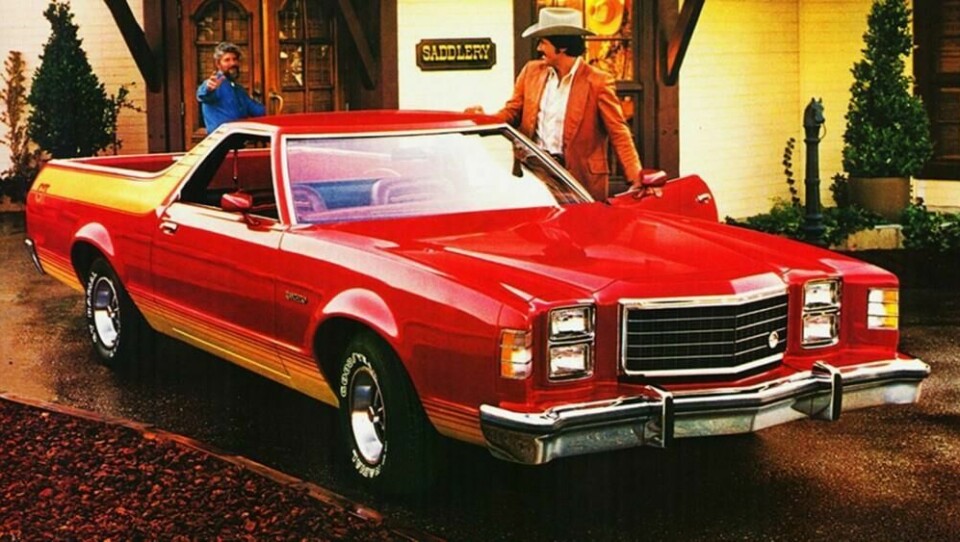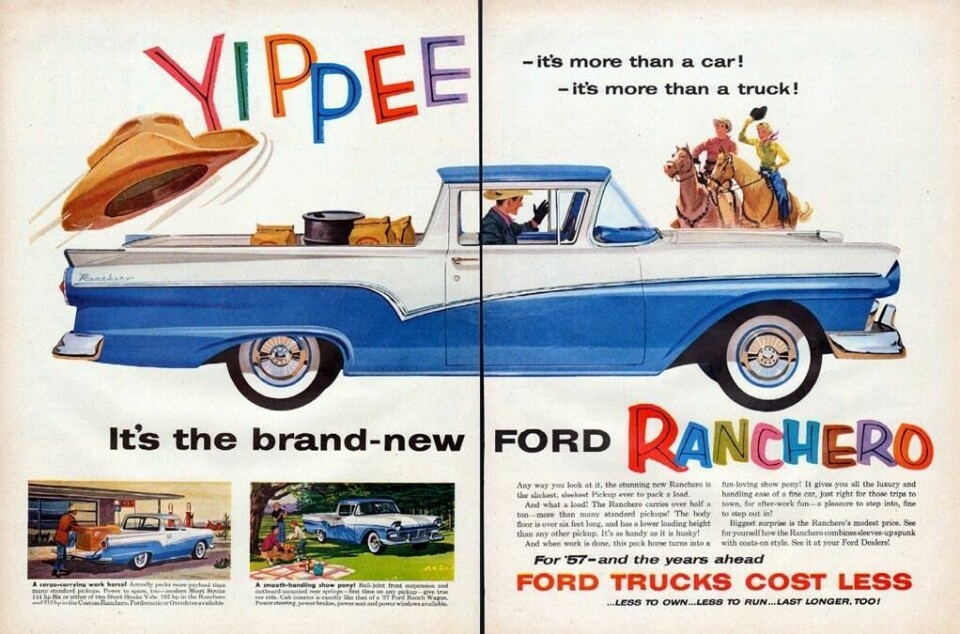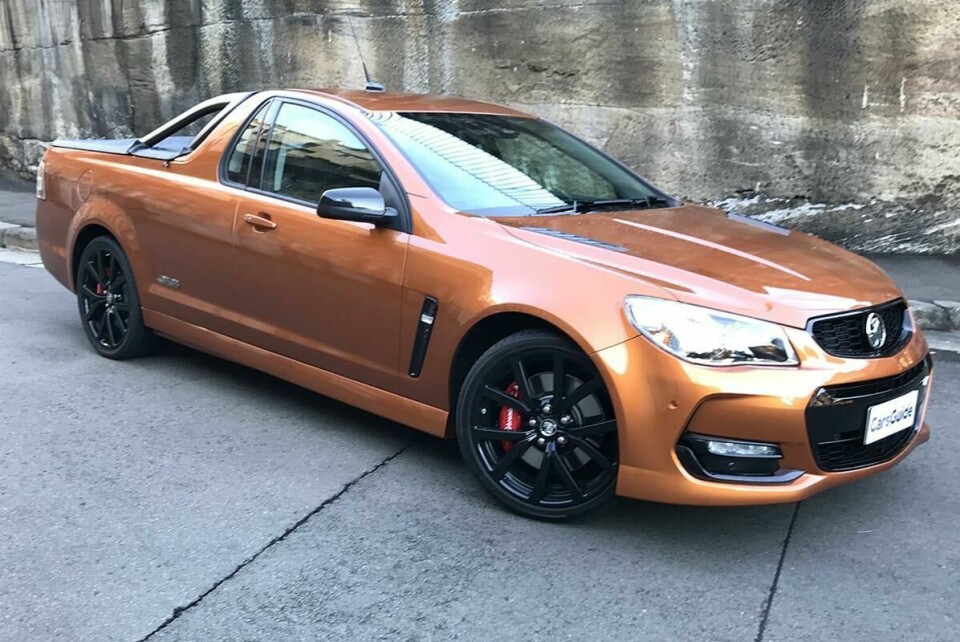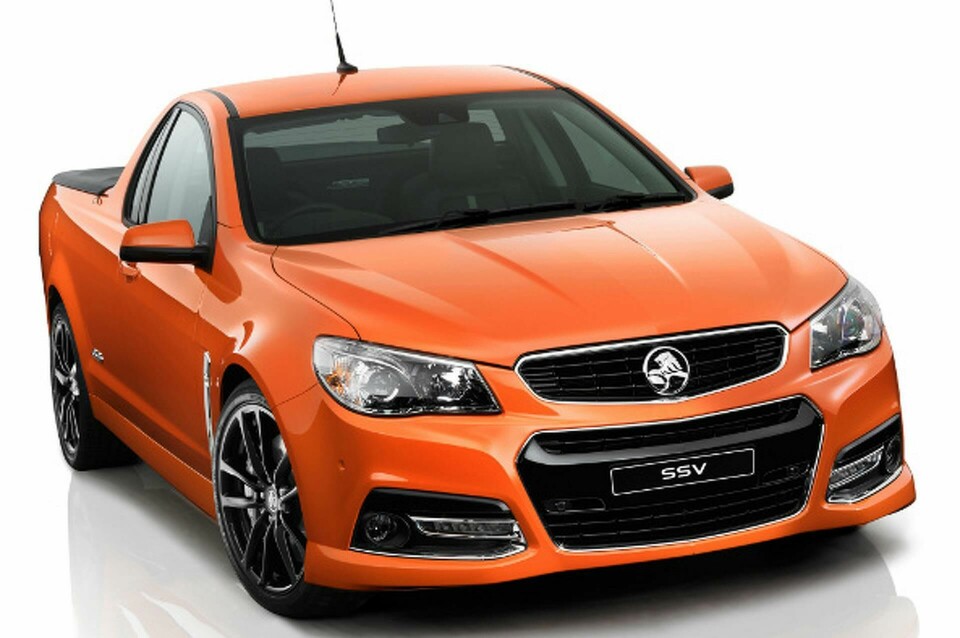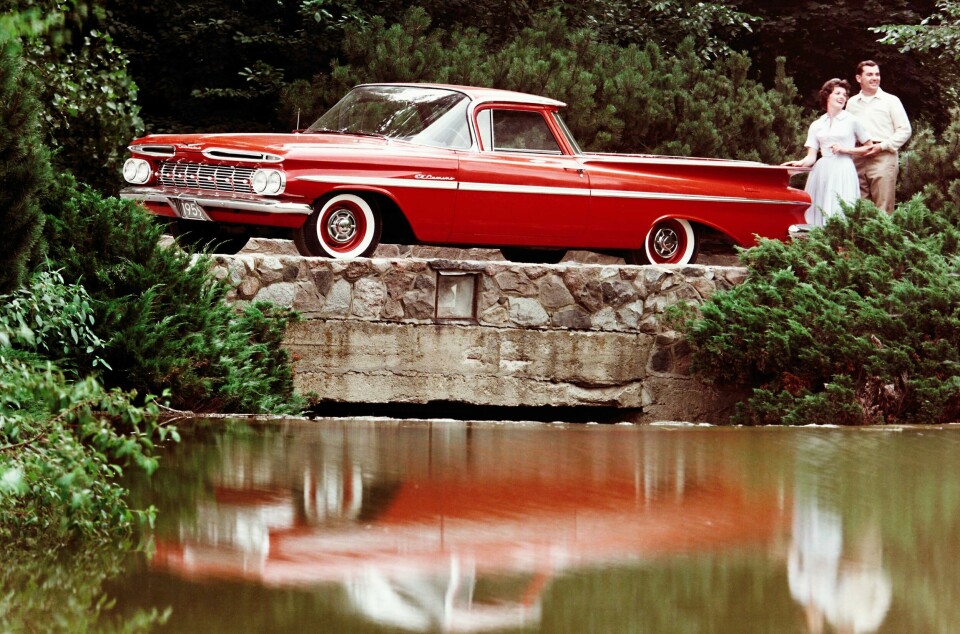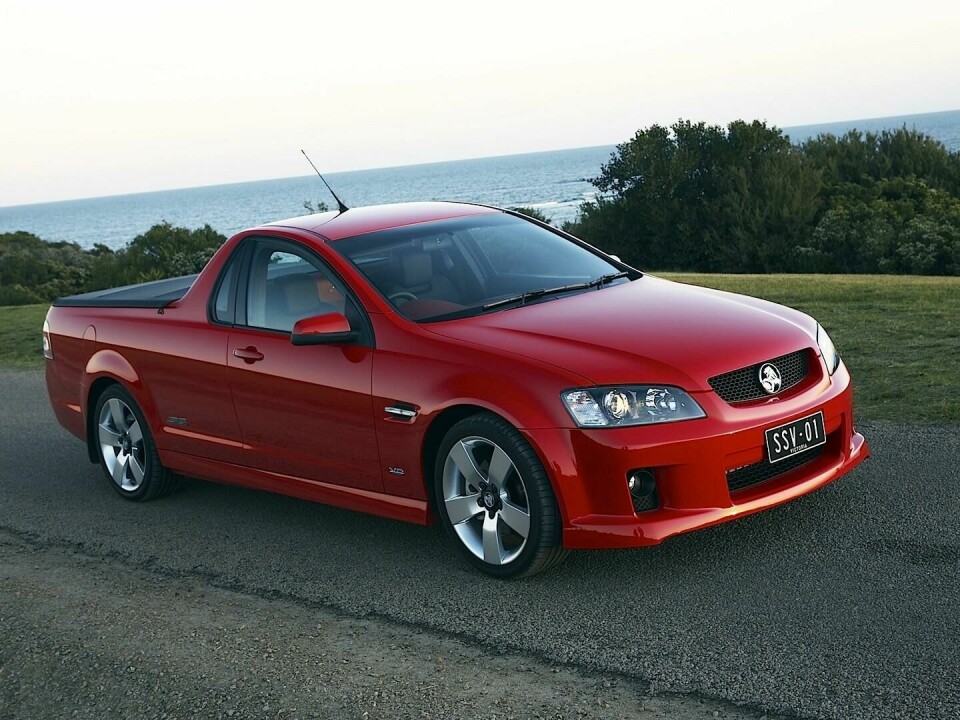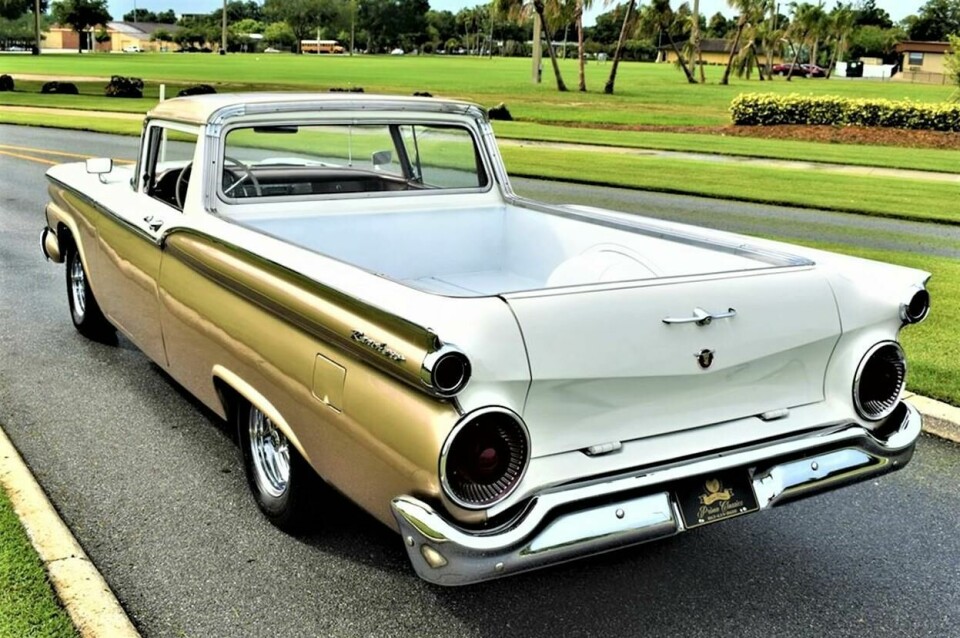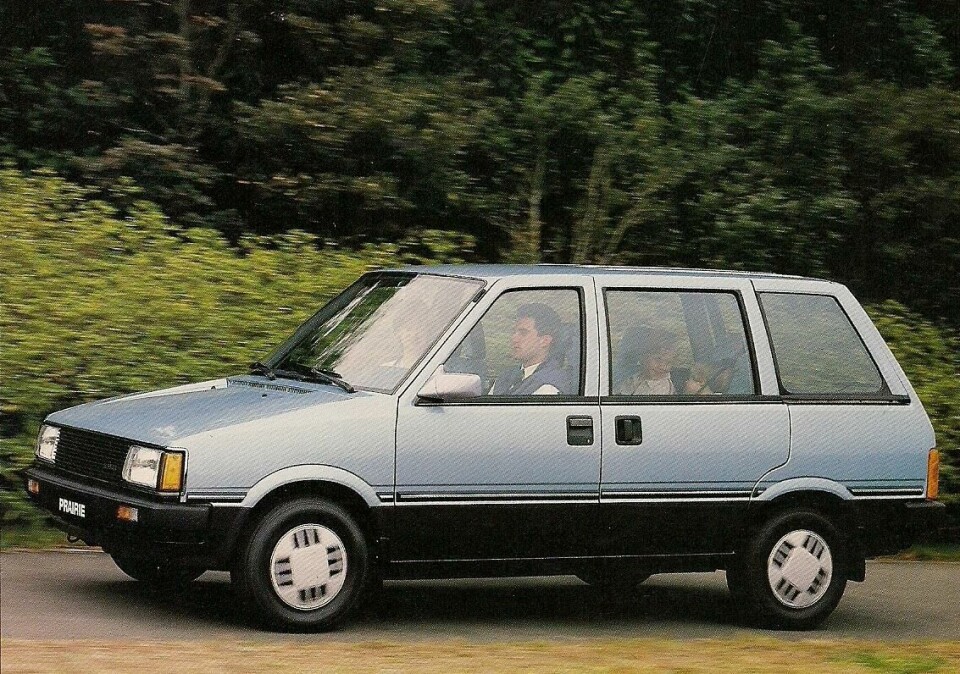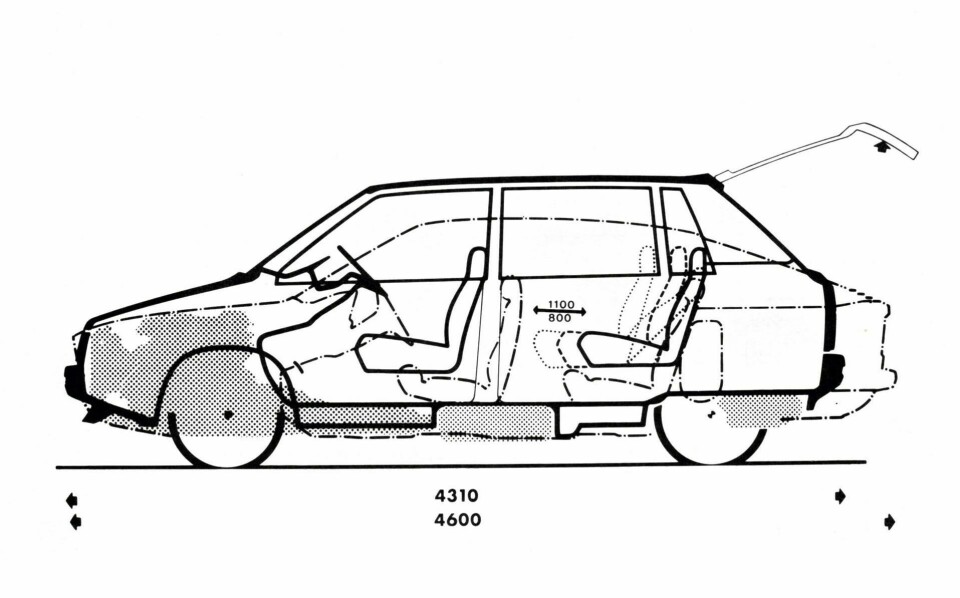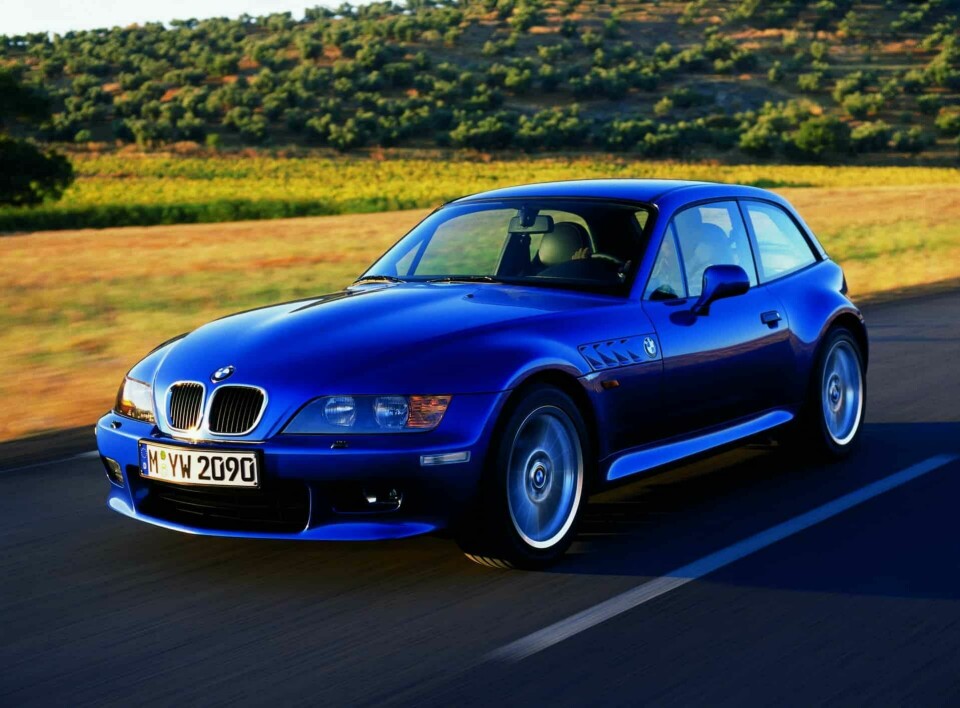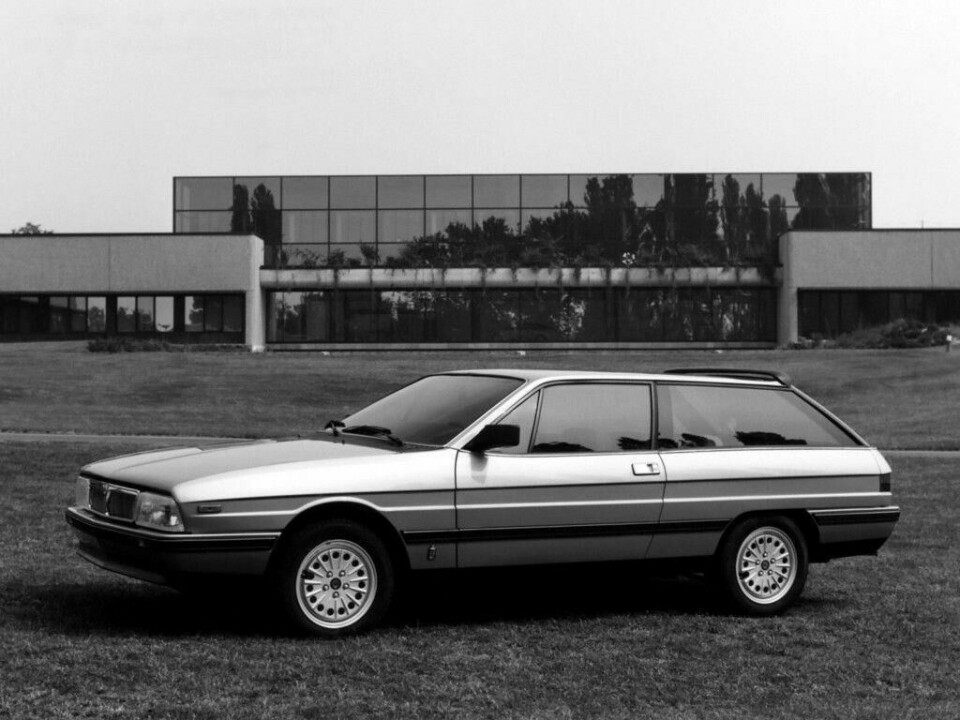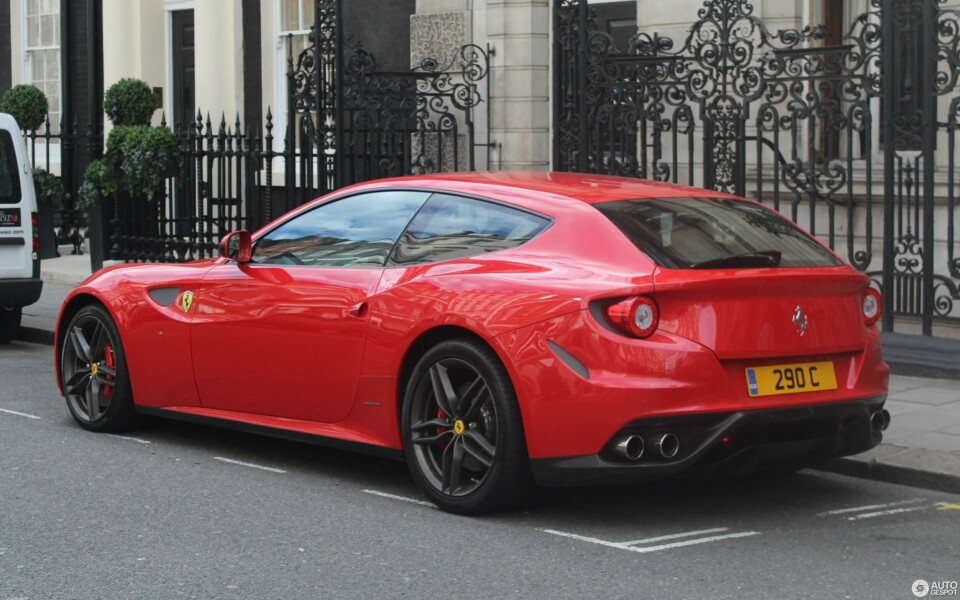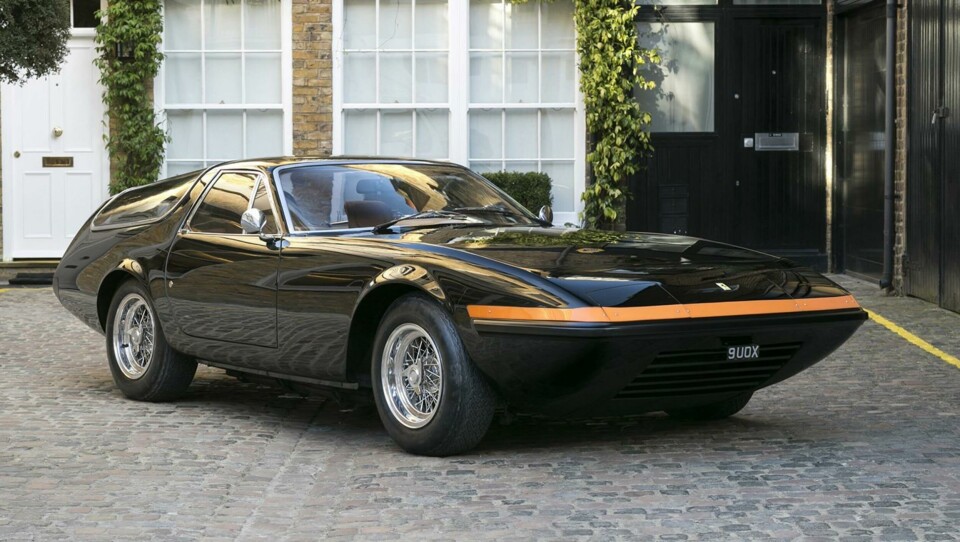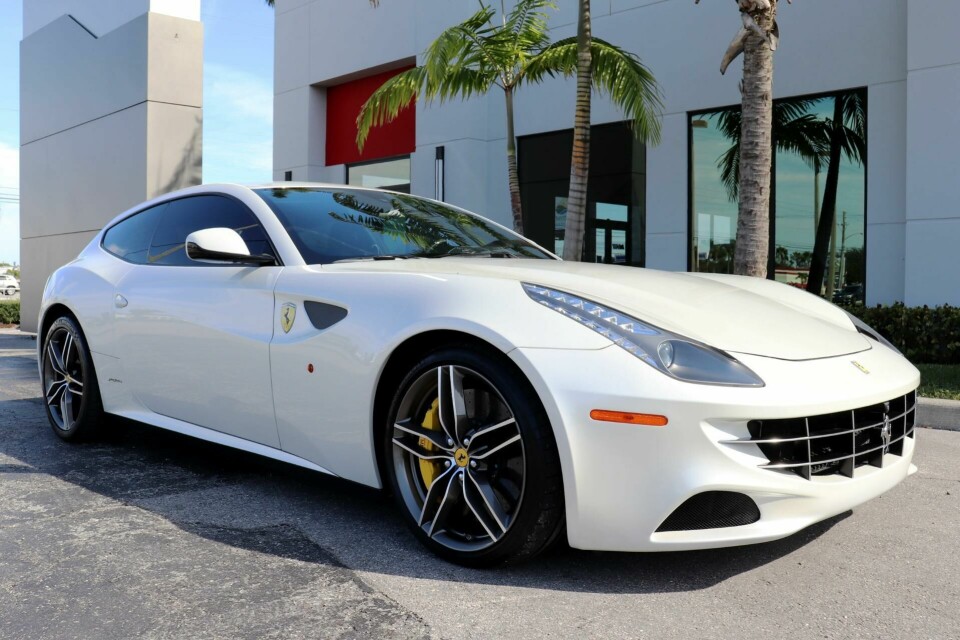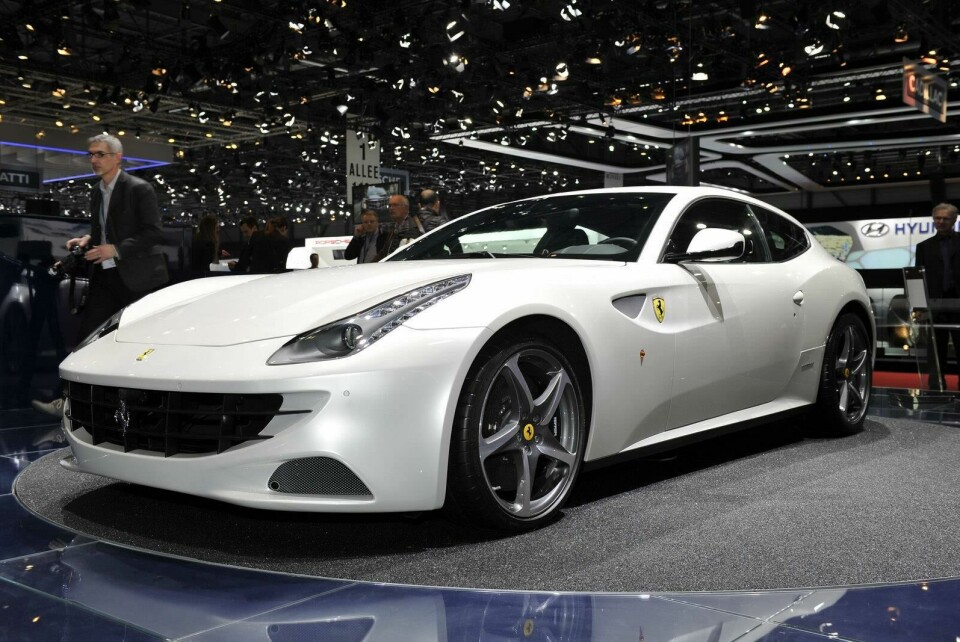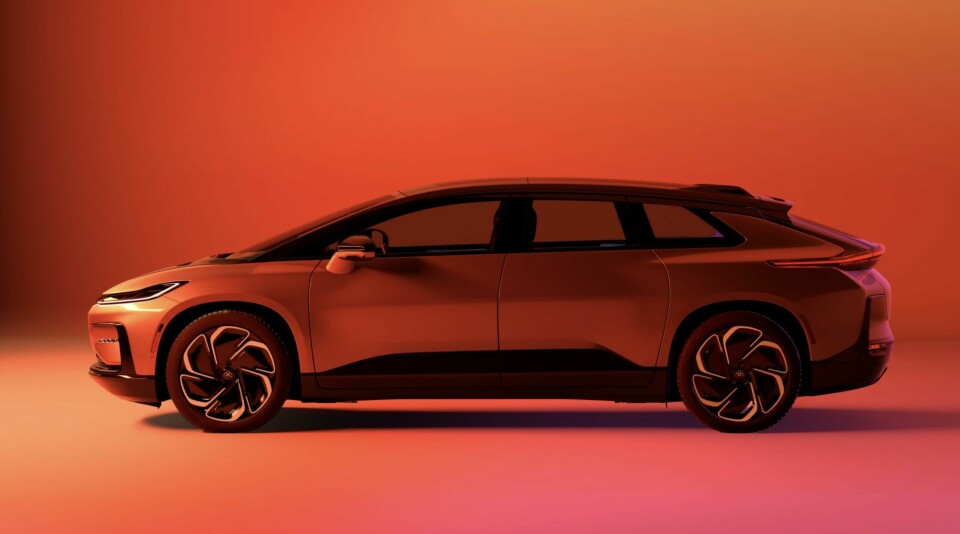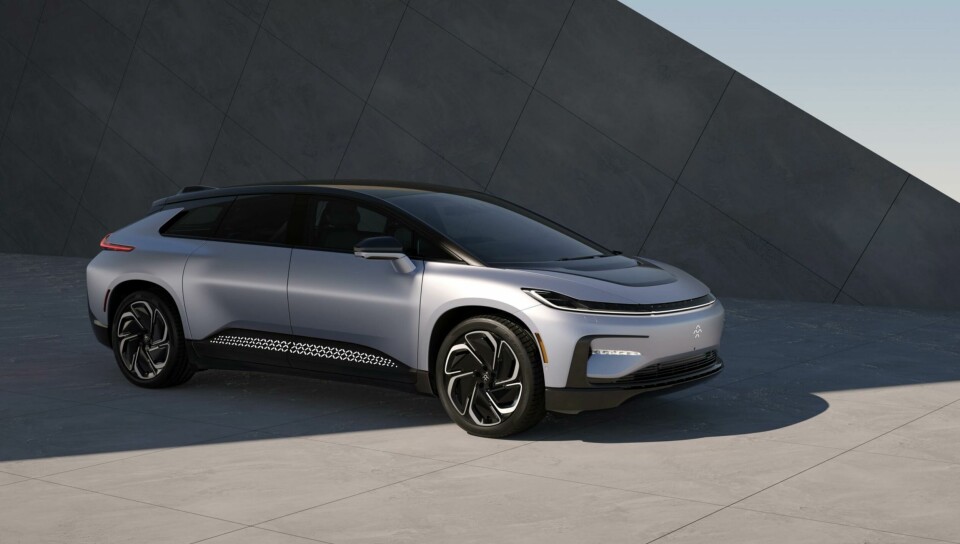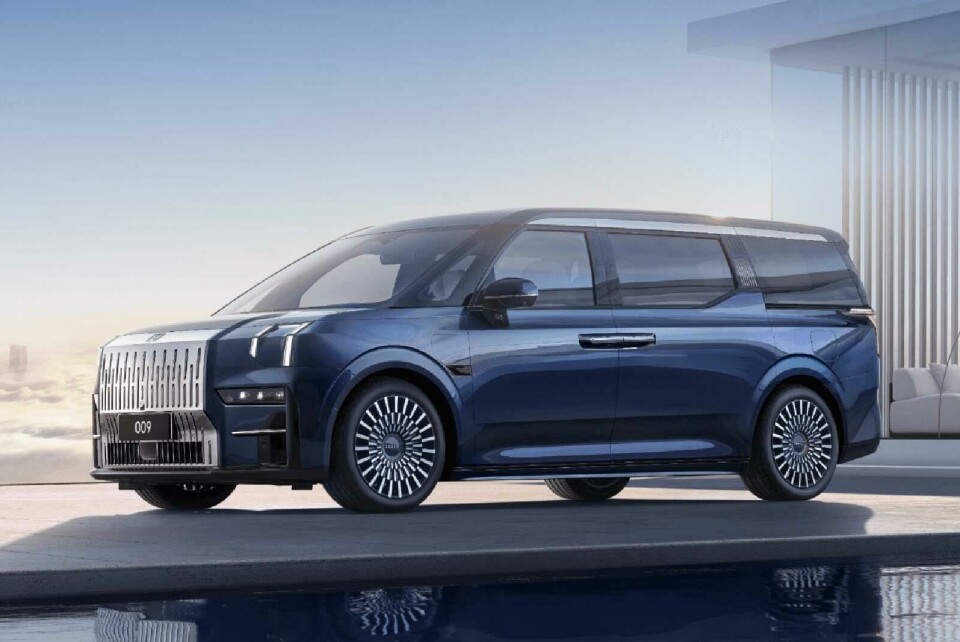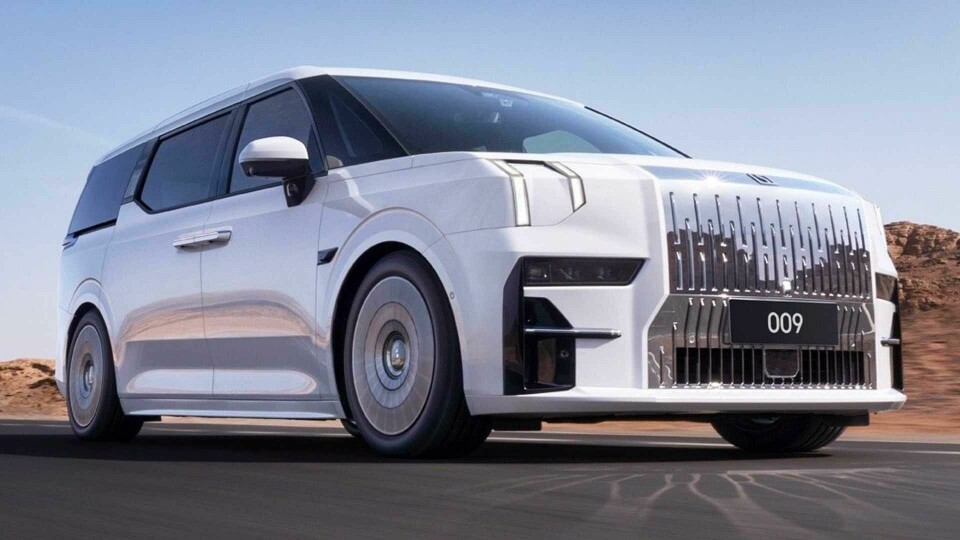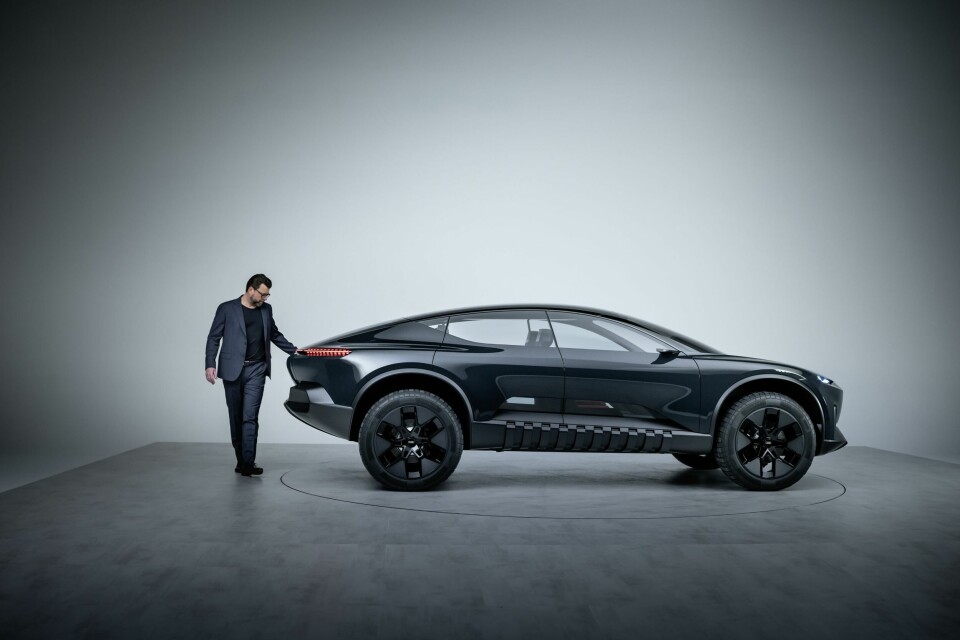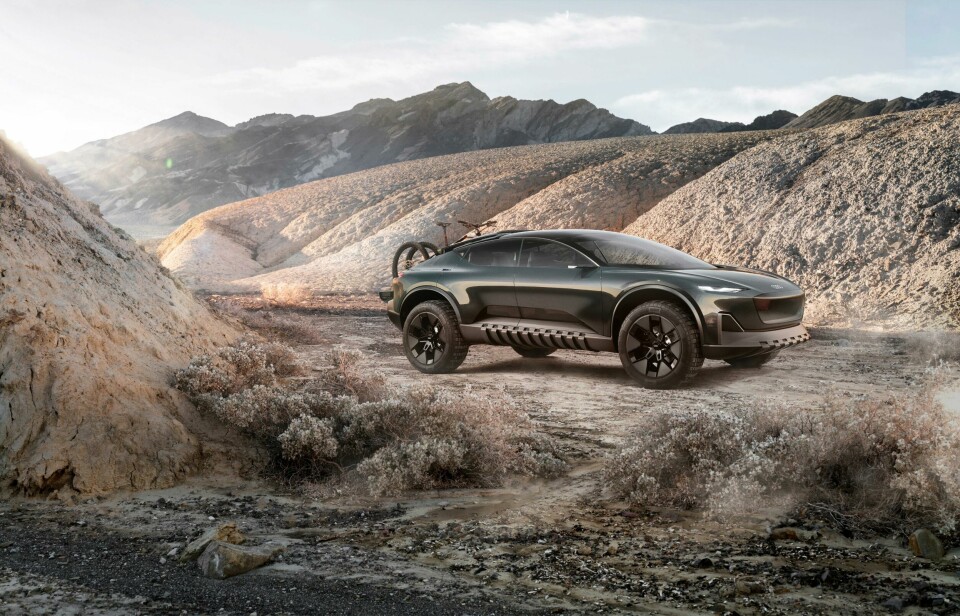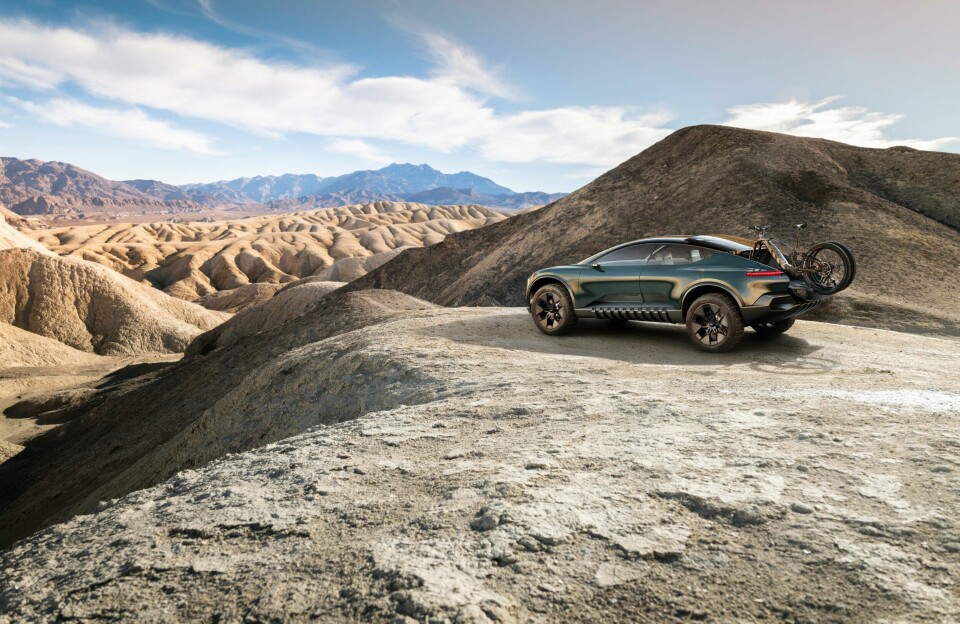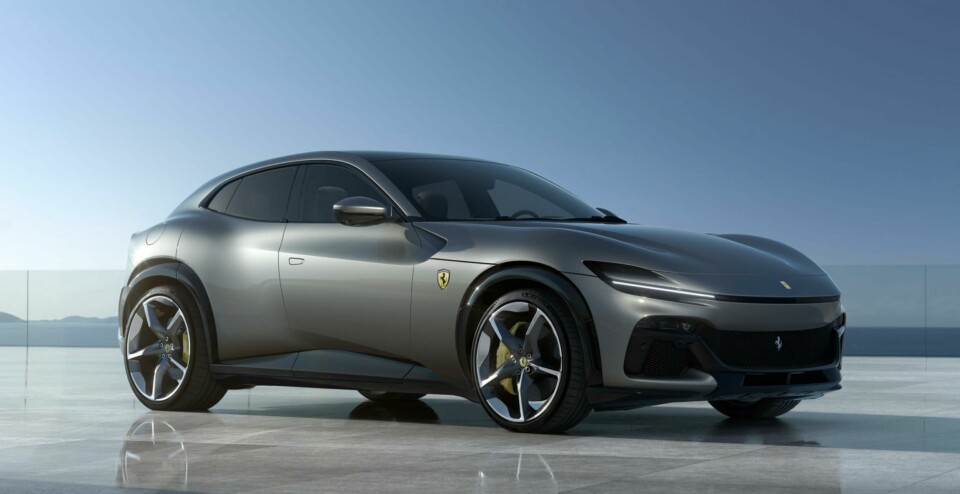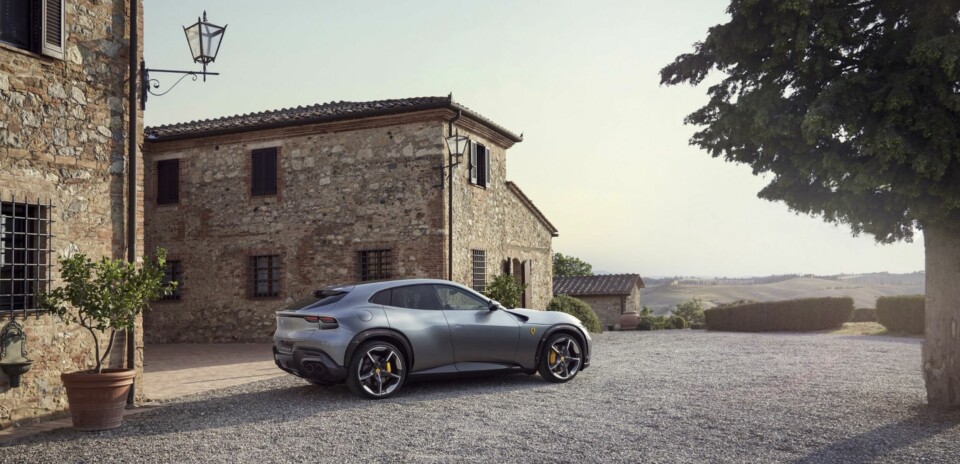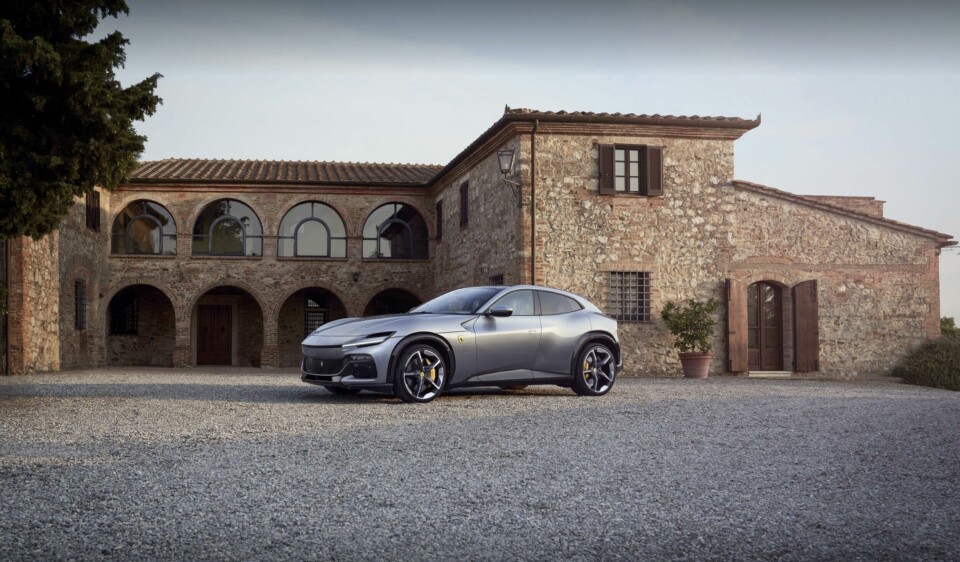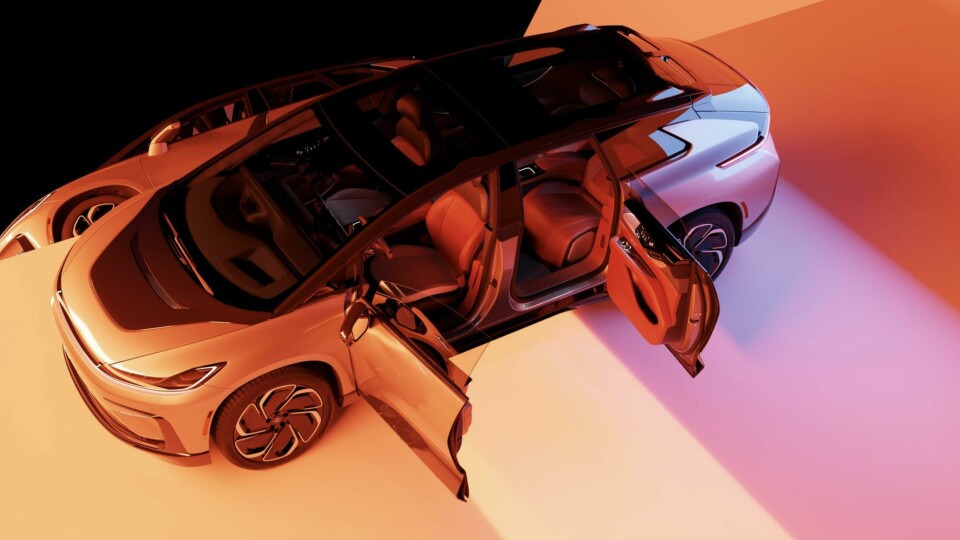
The future is hybrid – but not like you think
Hybrids have been prominent in the automotive discussion for two decades now, but from a powertrain perspective. But a new hybrid era is emerging, one which revolves around bodystyle. Karl Smith explores the possibilities
New hybrids are coming. No, not hybrid drivetrains, though there will be plenty of those in the coming years. The coming decade will see the emergence of new “hybrid” automotive forms, their shape and volume determined by new drivetrains (hybrid and electric), new cabin demands by consumers, autonomous functions, and new safety requirements.
This new era has the potential to be one of the most creative in automotive packaging in decades.
Some would argue that we are already well into this era, as we find such novelties as four-door coupes, “sportbrakes” (station/estate wagons), SUVs and crossovers of every size, and (in America, at least) pick-ups that double as premium sedans.
This new era is, to some extent, the work of marketeers. Every OEM wants to place as many models into the hottest-selling formats as possible. Take the original Chevrolet Bolt. A nice five-door hatchback with crisp acceleration and handling, the Bolt was positioned as a “crossover”, even though it clearly was not. But calling it a crossover increased Chevy’s model count into a hot-selling segment. (Chevrolet got the memo however, and created a true compact crossover called the Bolt EUV that fits the definition of the term quite well.)
Others are quick to say this is merely semantics. Just as real estate agents love to classify homes as being a certain style to position the property in the marketplace, car makers have done the same, placing a car within the mind of the car-buying public. These formats are often poorly named: what is a “crossover” to the average consumer anyway?
The coupé utility, commonly called a “Ute” is a fondly remembered mash-up of car and truck
But words have real consequences – think of the new Renault Espace. For decades a beloved, if occasionally quirky, MPV, the Espace has been transformed into an SUV. Perhaps a solid business decision given the dominance of the SUV format, but a disappointment to those who remember fondly the previous format. Are families so different today? It would have been nice to see Renault reinvent the MPV format for a new era. (See Zeekr below).
A couple of heritage formats definitely fit into the hybrid bodystyle category, and are fondly remembered by enthusiasts and collectors.
One is the shooting brake, which usually involved combining a sports car with a squared-off rear to make it more functional. These were polarising designs at the time, but are now cherished as collectibles. Now the term is increasingly applied to estate-wagon style cars trying to invoke a sportier heritage. The marketing department at your service.
And the coupé utility, commonly called a “Ute” is a fondly remembered mash-up of car and truck. Introduced in 1957 by Ford as the Ranchero, it is often more commonly associated (in North America, at least) with the Chevrolet El Camino. In Australia, where the notion of the “Ute” came from in the first place, Holden had a long history with this format. Now it seems relegated to history – too niche for today’s market conditions, although who knows? Maybe a comeback is possible.
Some current concepts and production models bear mentioning as hybrid formats, and are vehicles that point to the future. The first is the Faraday Future FF91, an electric car that seems part sedan, part estate wagon, and part SUV. With a long cabin and short nose, it may just be the way out of the SUV trap, and hit the sweet spot for those looking beyond Tesla for an electric, luxury family car that one would be proud to drive up to the valet station.
Likewise, the Zeekr 009 straddles the line between MPV, SUV and limousine. It has an interior like a luxury MPV, and an exterior form that strikes a balance between SUV and minivan. The interior is surprisingly plush, with seating for six 15-inch screens for rear passengers, and massaging captain’s chairs in the second row.
There is enormous opportunity with every vehicle format
The Audi Activesphere concept also brings the sedan to the off-road with 4x4 capability, Audi luxury, four-place seating, advanced electronics and controls, and truck utility all wrapped up in one very aggressive and luxurious package. The luxury “Ute” of tomorrow? Yes, please.
And finally, the new Ferrari Purosangue. Commonly called an SUV by the motoring press (who should know better) this vehicle has more in common with the Ferrari FF and a classic Aston Martin Lagonda saloon than an SUV. In many ways, it is pure Ferrari with its V12 engine and eight-speed transmission. But it also has plenty of room for four people in luxurious comfort with coach doors for excellent access to the cabin. Ferrari calls it a sports car, but it is also a grand touring car, a luxury sedan, and a shooting brake. An overfed SUV it is not. The sports car of the future? Maybe.
Looking forward, there is enormous opportunity with every vehicle format. Hybrid forms tend to emerge at the periphery of the automotive world (shooting brakes, Utes), while more mainstream cars and trucks tend to stay close to the tried and true with only incremental improvements.
Electrification alone will be huge, scary innovation for most consumers. Innovating the package will only add to the sense of dislocation. Designers must tread carefully, enticing the buying public with familiar elements inside and out, but envisioned in a new way, and combined with new technologies and new riding/driving experiences.
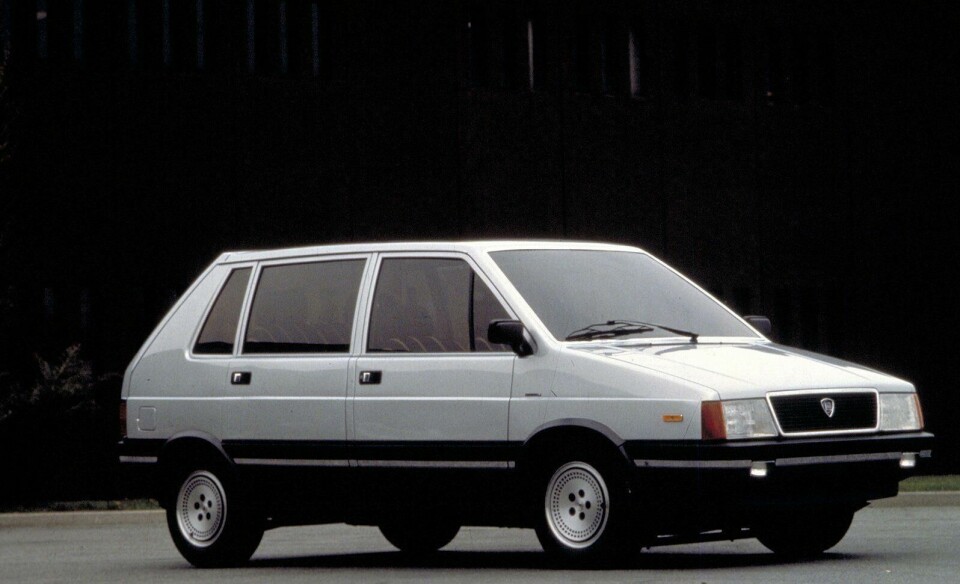
It is entirely possible that this new era of “hybrid” forms will just be a transitional time between 20th century forms and true 21st century vehicles. This means that product planners and designers must envision tomorrow (the next decade), and the day after tomorrow (15 to 20 years on).
That’s a tall order for even the strongest, clearest crystal ball.
But the opportunities underscore the fact that it is a great time to be in automotive design. We must embrace the potential of the years and decades ahead, working smarter and with greater technological and design brilliance.
